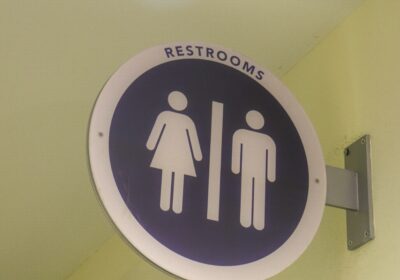Students need better indication of college readiness
It is used to be assumed that a high school diploma and the necessary exit examination scores were all a high school graduate needed to make an easy transition into college-level curriculum. However, the number of college students enrolled in remedial courses, which are not taken at college level, might shine light on the issue of college readiness.
With Complete College America, a nonprofit with the initiative to increase the number of degrees earned in the U.S., considering remedial courses a “bridge to nowhere,” institutions such as Baltimore City Community College are taking steps to improve how remedial courses, which do not provide students with credit, are conducted for the benefit
of students.
Many U.S. high school exit exams only test between eighth and 10th grade levels. In result, many students are left to catch up on certain subjects in college. According to HigherEducation.org, almost 60 percent of first-year students must take remedial courses in math or English. Worse still, this shows some colleges accept students “under false pretenses.”
While it is in the interest of students to merge remedial courses to reduce the amount of time they are in them and tailor the course to what students need, as is the case in a course at Baltimore, there is an overarching problem of high schools and universities not providing students with a clear indication of where they may require improvements and leaving them to face the consequences.
While some high school students believe they are prepared for college, they may actually end up taking remedial courses they do not finish and possibly even reach their financial aid limits before graduating, as the Huffington
Post reports.
In Florida, community college students have the option to take remedial courses. If students do not take the courses, however, they may find themselves unprepared for college-level courses within the disciplines that
need improvement.
Though high school is where students should ideally have the opportunity to develop a vivid understanding of their college readiness prior to beginning college courses, college-preparatory curriculum in high school may still not be the most effective means of joining high school and college expectations, according to HigherEducation.org.
On the other hand, if remedial courses were the current solution to make up for the lack of college readiness, the problem would be slimmer if students’ graduation rates were not affected by taking a remedial course.
According to a study by the U.S. Department of Education, 17 percent of students taking remedial reading and 27 percent taking remedial math obtain a bachelor’s degree as opposed to the 58 percent of students who did not take remedial courses.
Students should not have to be misled into believing their level of college readiness is higher than it really is, and they should not be required to pay for the consequences of a problem they did not anticipate when they entered college. While one definitive solution cannot alleviate this problem at once, it is certainly time for high schools to provide students with due preparation for college and for colleges to make clear their expectations for high school graduates.
Isabelle Cavazos is a sophomore majoring in English.








